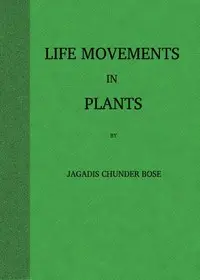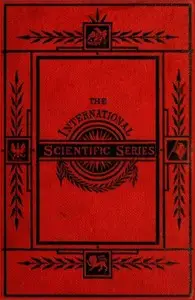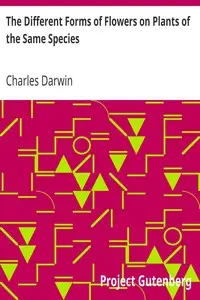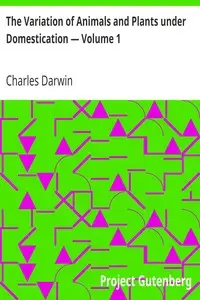"The Movements and Habits of Climbing Plants" by Charles Darwin is a study that looks into how certain plants move and live. Darwin starts by explaining why he wanted to study climbing plants, building on ideas from other scientists. He then divides climbing plants into four groups, with a focus on those that twist around things to climb and those that have special parts to grab onto objects. He shares detailed looks at plants like the Hop, noting how they turn, how fast they climb, and how these traits help them live well. Darwin’s goal is to understand how these plants have changed over time to survive and climb.
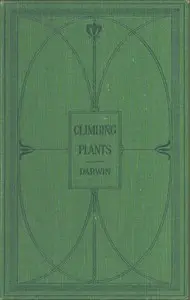
The Movements and Habits of Climbing Plants
By Charles Darwin
Discover a world where plants twist, turn, and cling to survive, revealing nature's clever designs for reaching the sky.
Summary
About the AuthorCharles Robert Darwin was an English naturalist, geologist, and biologist, widely known for his contributions to evolutionary biology. His proposition that all species of life have descended from a common ancestor is now generally accepted and considered a fundamental scientific concept. In a joint publication with Alfred Russel Wallace, he introduced his scientific theory that this branching pattern of evolution resulted from a process he called natural selection, in which the struggle for existence has a similar effect to the artificial selection involved in selective breeding. Darwin has been described as one of the most influential figures in human history and was honoured by burial in Westminster Abbey.
Charles Robert Darwin was an English naturalist, geologist, and biologist, widely known for his contributions to evolutionary biology. His proposition that all species of life have descended from a common ancestor is now generally accepted and considered a fundamental scientific concept. In a joint publication with Alfred Russel Wallace, he introduced his scientific theory that this branching pattern of evolution resulted from a process he called natural selection, in which the struggle for existence has a similar effect to the artificial selection involved in selective breeding. Darwin has been described as one of the most influential figures in human history and was honoured by burial in Westminster Abbey.


